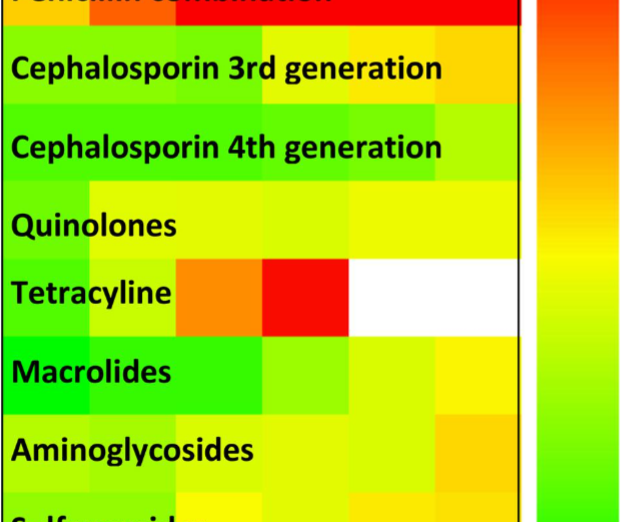Kanika Bhargava, Gopal Nath, Amit Bhargava, Ritu Kumari, Gajender K. Aseri and, Dr Neelam Jain.
Urinary tract infection (UTI) is a common infectious disease that affects men and women. It is a significant health concern due to multidrug-resistant (MDR) organisms. Therefore, it is necessary to have a current understanding of the antibiotic susceptibility (AS) pattern of uropathogens to manage UTI effectively.
Since the bacterial pathogen causing UTI and its AS vary with time and place, the prevailing AS pattern of the causative agents are essential for empirical antibiotic therapy. This study aims to determine the prevalence and AS of uropathogens isolated from UTI patients in the Eastern part of Northern India. The study was carried out between November 2018 and December 2019. Clean catch midstream urine samples were collected and processed using standard guidelines for microbiological procedures. Positive microbiological cultures were found in 333 of the 427 patients, where 287 were gram-negative bacteria (GNB), and 46 were gram-positive bacteria (GPB).
Females had a higher prevalence of UTI (60.7%) than males (39.3%) (p=0.00024). The most susceptible age group in females was 18-50y as compared to males, whereas at the age of 51-80y and > 80y males were more susceptible than females (p=0.053). The most prevalent pathogen identified were Escherichia coli (55.0%), followed by Proteus sp. (6.9%), Klebsiella pneumoniae (6.6%), Pseudomonas aeruginosa (6.3%), of which 96.0% were MDR bacteria.
The susceptibility pattern of our study also revealed that amikacin, gentamycin and imipenem were the most effective drugs against GNB. In contrast, nitrofurantoin, vancomycin and chloramphenicol were the most effective drugs against GPB.
According to the findings, MDR pathogens are very much prevalent. Since UTI is one of the most frequent bacterial diseases, proper management necessitates extensive investigation and implementation of antibiotic policy based on AS patterns for a particular region.
Received: 09 Jun 2022; Accepted: 15 Jul 2022.
Copyright: © 2022 Bhargava, Nath, Bhargava, Kumari, Aseri and Jain.
Correspondence:
Dr. Gopal Nath, Department of Microbiology, IMS, Banaras Hindu University, Varanasi (UP), Varanasi, Uttar Pradesh, India
Prof. Dr Neelam Jain, Amity Institute of Biotechnology, Amity University Rajasthan, Jaipur, Rajasthan, India
Disclaimer: All claims expressed in this article are solely those of the authors and do not necessarily represent those of their affiliated organizations, or those of the publisher, the editors and the reviewers. Any product that may be evaluated in this article or claim that may be made by its manufacturer is not guaranteed or endorsed by the publisher.
The cover photo is for illustration purposes only.
Courtesy, source, Frontiers.

